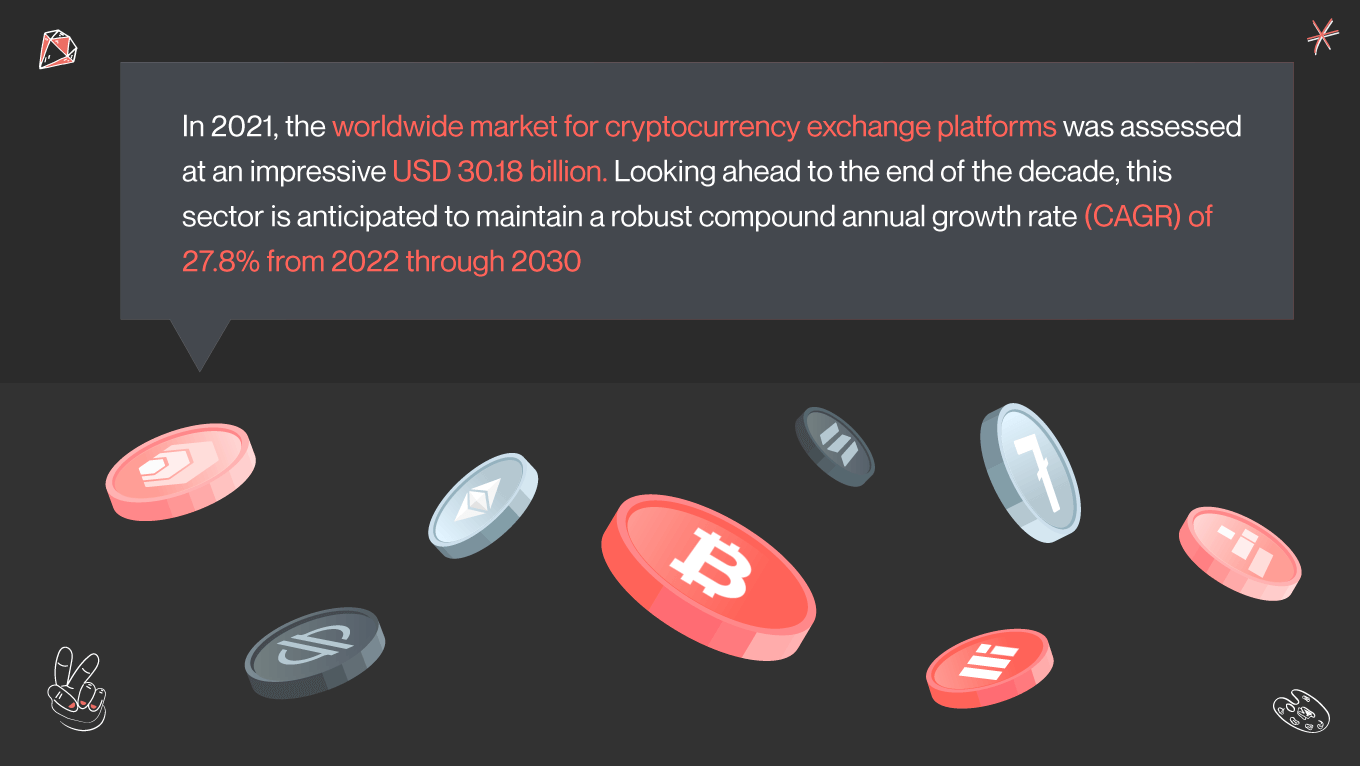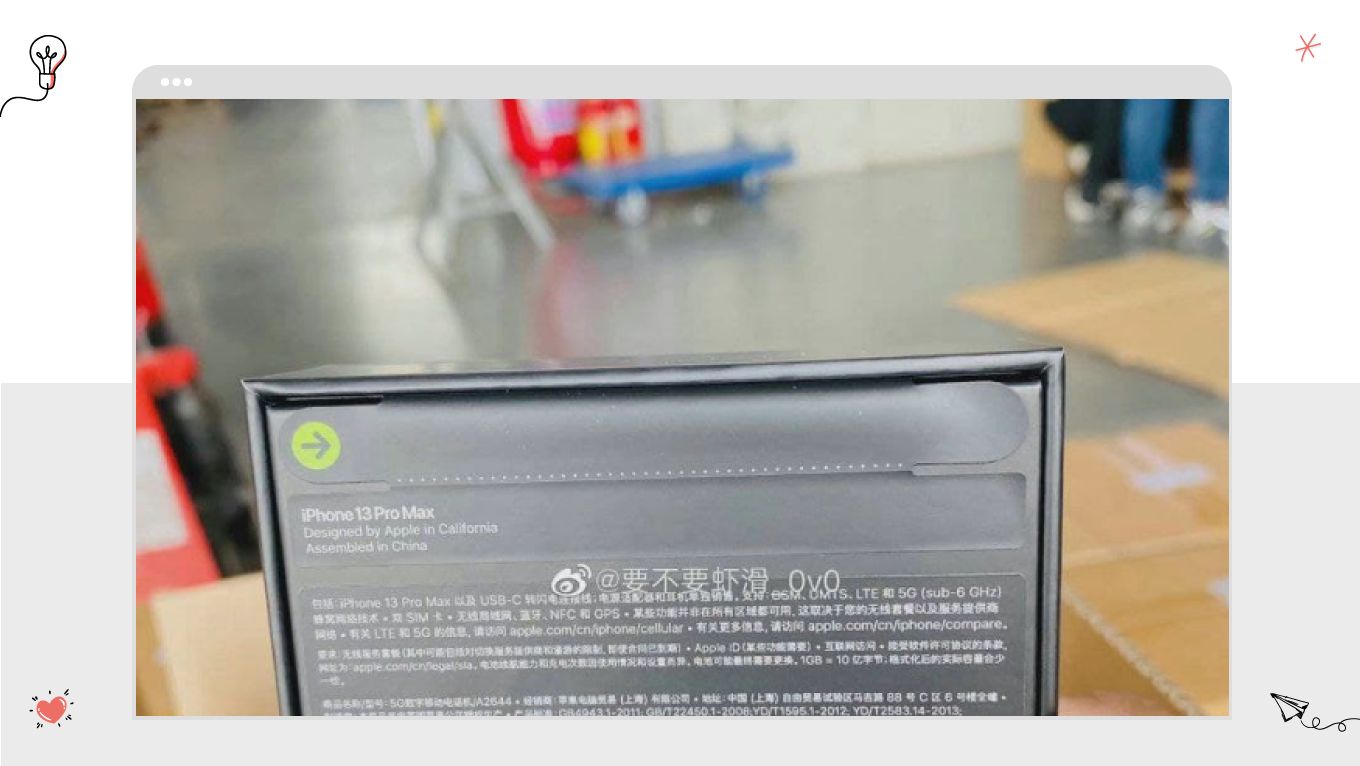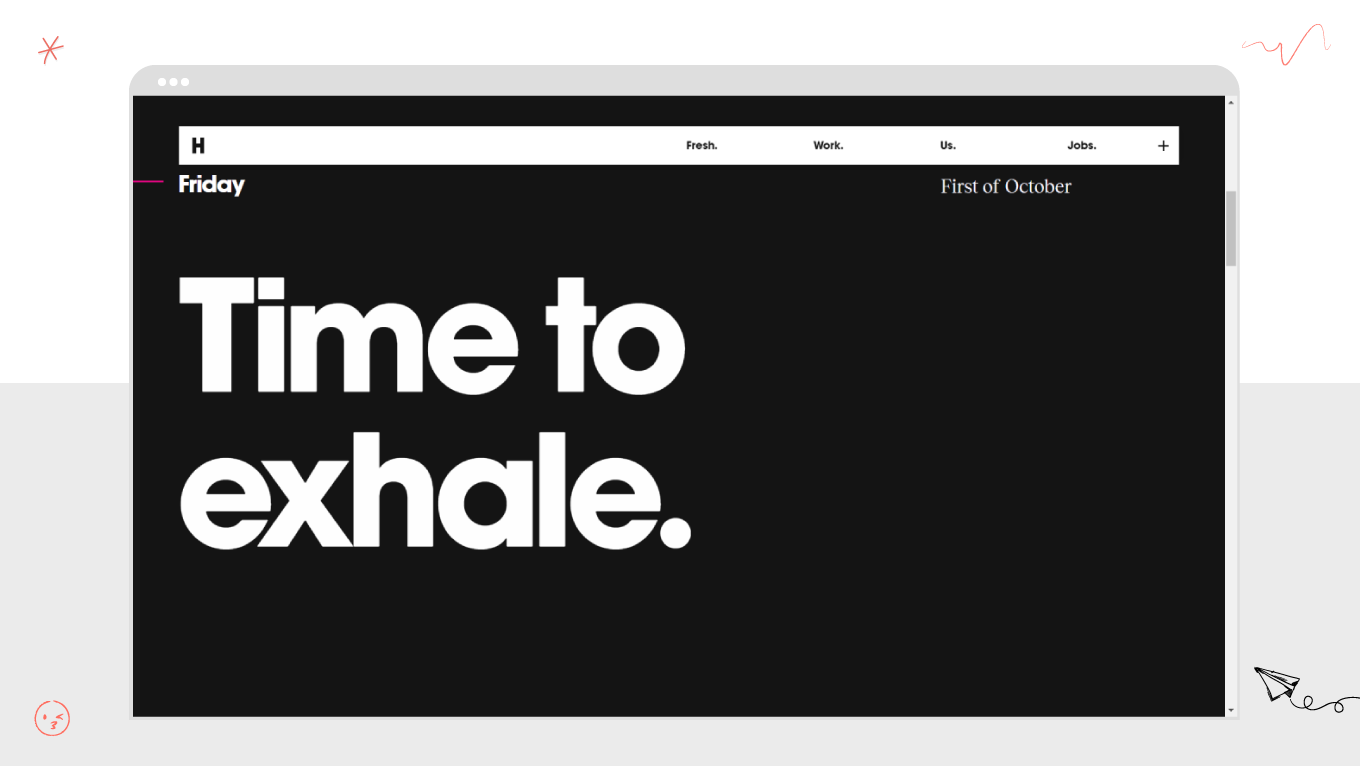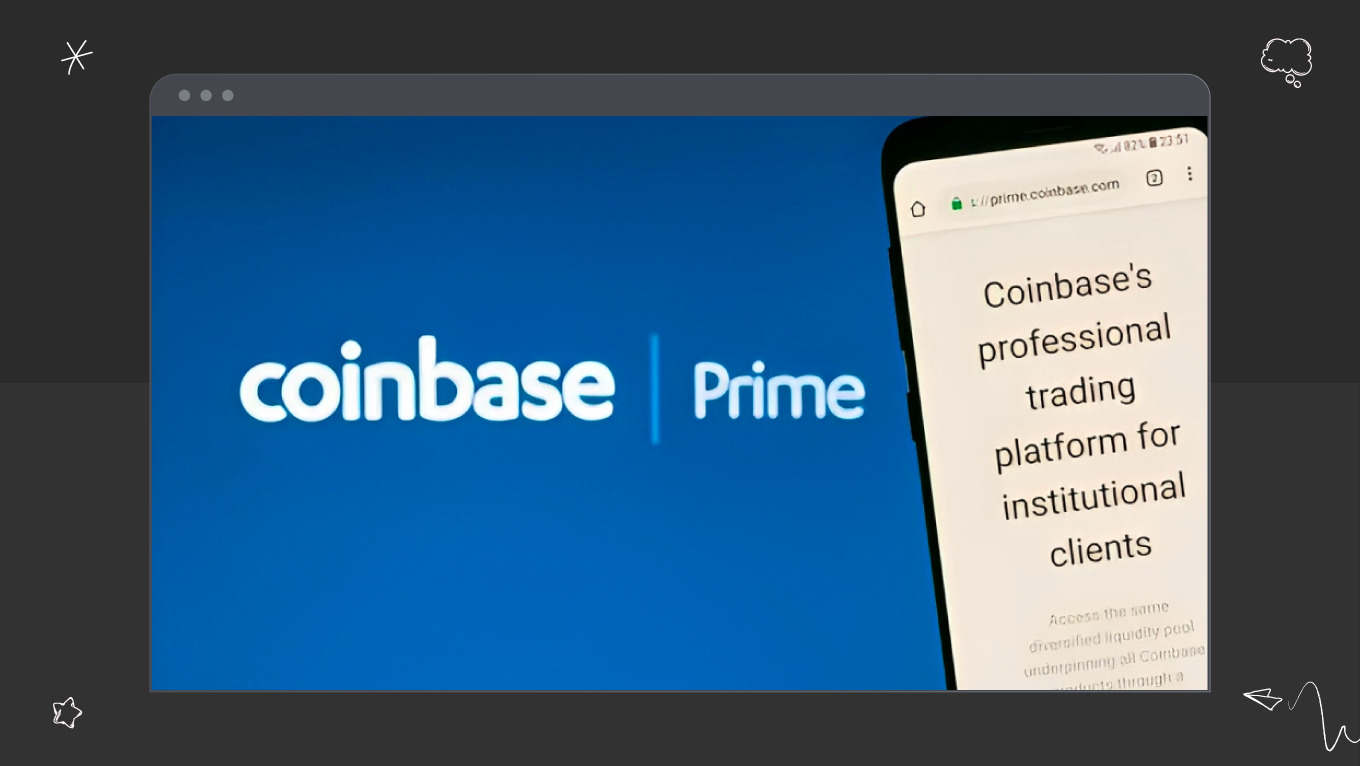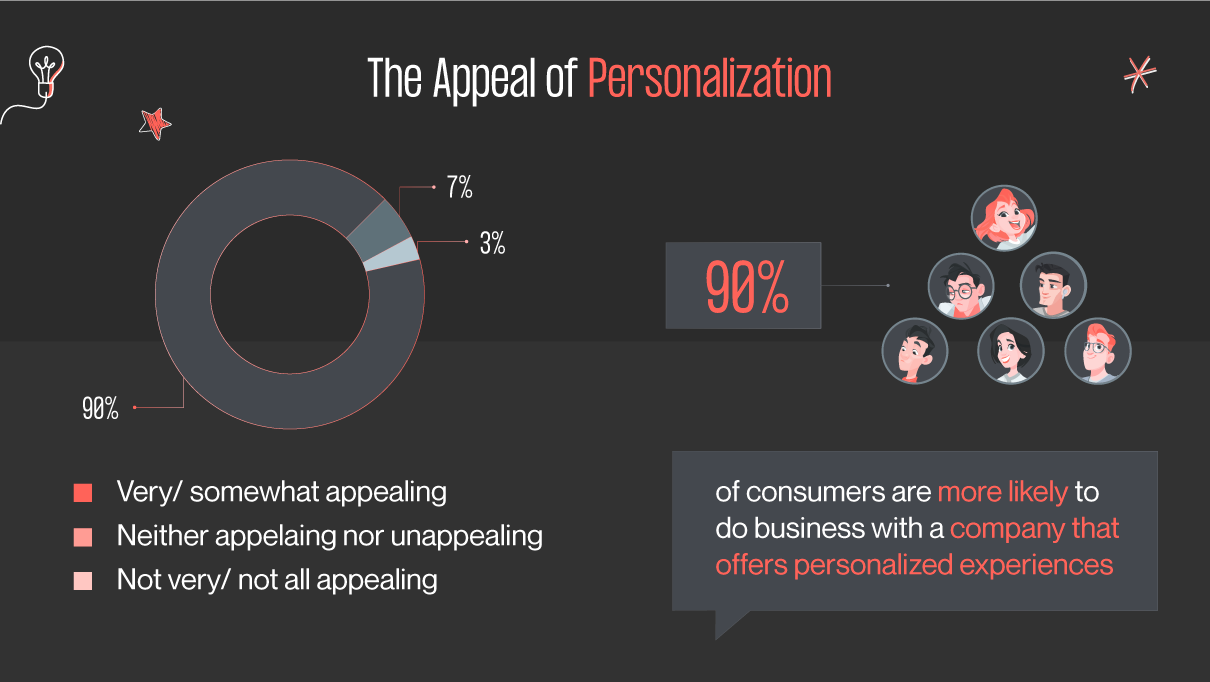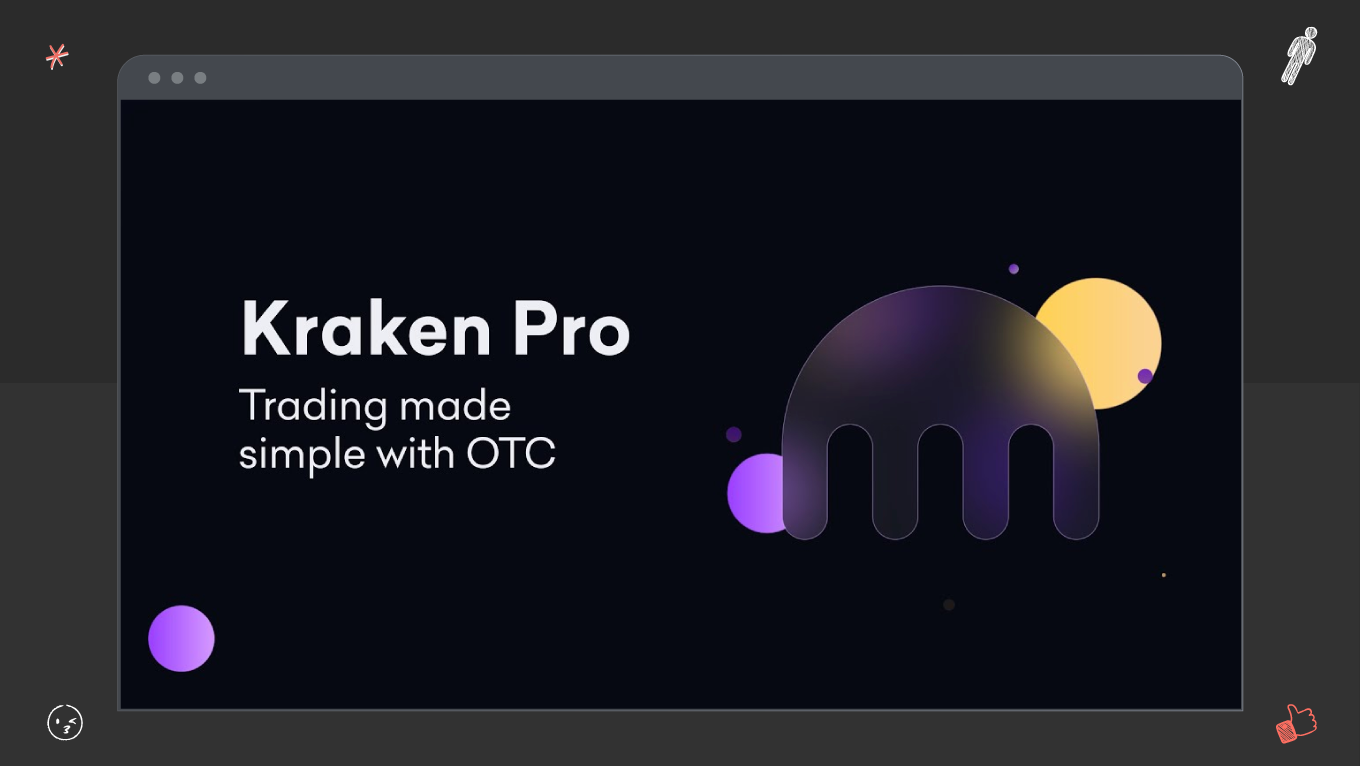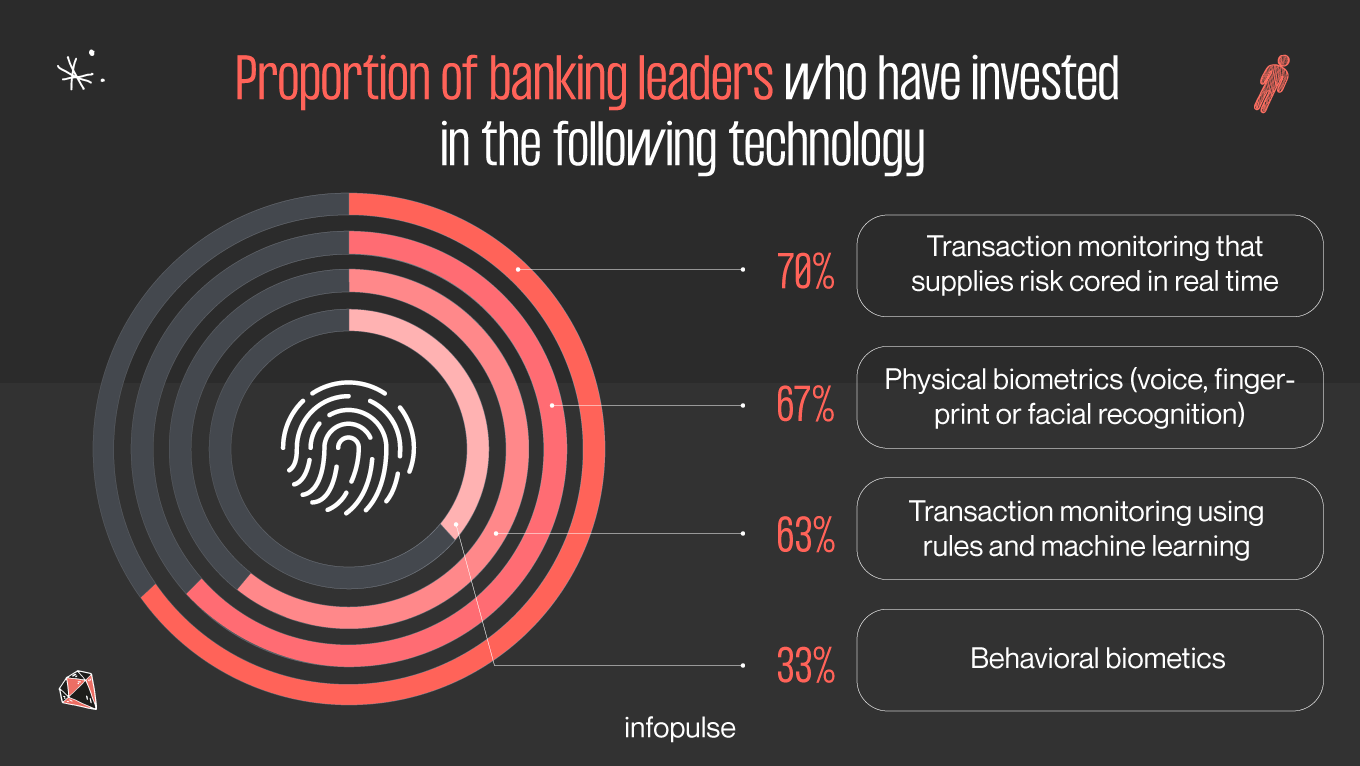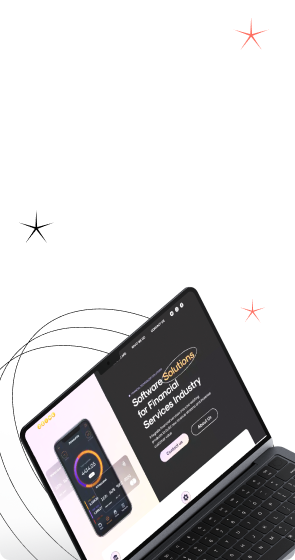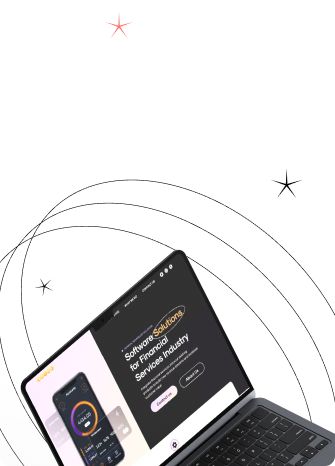In our digital age, where the smartphone is almost an extension of the individual, the applications within it hold immense power. In finance, applications are no longer just tools; they’ve become indispensable companions that offer guidance, clarity, and convenience as we navigate complex financial terrains. Users today don’t just seek functionality; they demand an experience – an interaction that feels intuitive, seamless, and, most importantly, trustworthy. When it comes to financial apps, their design, interface, and user experience become the heartbeat of this connection.
So, how does one design a financial app that's not only functional but also compelling? What transforms an ordinary app into one people return to, trust, and advocate for? The answer lies in understanding the user's psyche, market trends, and the delicate balance of aesthetics and efficiency. The upcoming sections will dive deep into financial app design, unraveling its significance and showcasing how it's shaping our economic interactions in the 21st century.

